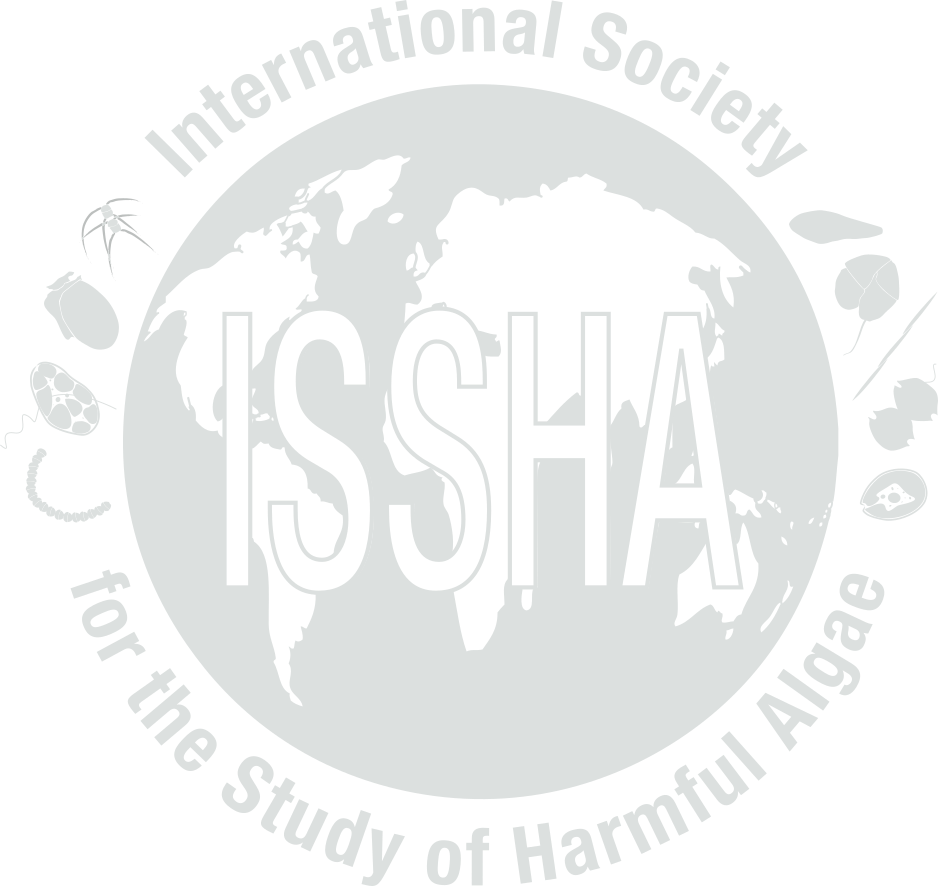


| Event name: | US-19-017 | |
| Country: | UNITED STATES | |
|
Nature of the harmful event: |
Water Discoloration , High Phyto concentration , Seafood toxins | |
|
Event directly affected: |
||
| Toxicity detected: | Yes (Approximate range: 79ug/100g) | |
| Associated syndrome: | PSP | |
| Unexplained toxicity: | No | |
| Species implicated in toxin transmission (transvector): | ||
| Report the outcome of a monitoring programme: | Yes (FWC/FWRI HAB Monitoring Program) | |
| Event occurred before in this location: | Yes (Annually) | |
| Individuals to contact: | HUBBARD, Katherine | |
| Location: | Latitude: , Longitude: | |
| General location information: |
Indian River Lagoon, Mosquito Lagoon, East Coast of Florida HAB Area code(s): US-15 |
|
| Additional location information: | Lagoons | |
| Bloom event dates (yyyy/mm/dd): | Start: 2019-05-15, End: 2019-10-16 | |
| Quarantine levels dates (yyyy/mm/dd): | First detection: 2019-06-25, End: 2019-10-10 | |
| Additional date-related information: | ||
| Causative organism known: | Yes | |
| Causative Species/Genus: |
Pyrodinium bahamense
(1,557,768 cells/L)
PSP producer |
|
| Co-Ocurring Species/Genus: | ||
| Chlorophyll concentration, if known: | µg/l | |
| Additional bloom information: | ||
| Event-related bibliography: | ||
|
||||||||||||||||||||||||||
| Nutrient information: | ||||||||||||||||||||||||||
| Temperature Range During Event: | Max: °C, Min: °C | |||||||||||||||||||||||||
| Salinity Range During Event: | ||||||||||||||||||||||||||
| Bloom location in the water column: |
Surface |
|||||||||||||||||||||||||
| Growth: |
In situ |
|||||||||||||||||||||||||
| Growth Comments | we did not conduct subsurface sampling but the bloom was likely distributed throughout the water column | |||||||||||||||||||||||||
| Additional Environmental information: | ||||||||||||||||||||||||||
|
||||||||||||
| Kit used: Yes | Type of kit used: Neogen | |||||||||||
| Additional information: | ||||||||||||
| Economic losses: | ||||||||||||
| Management decision: | shellfish harvest closures were initiated as a result of toxin detection and did not reopen until 10/10/2019, when bloom conditions had largely improved | |||||||||||
| Additional harmful effect information: | ||||||||||||
